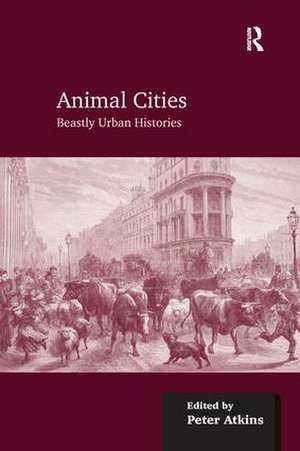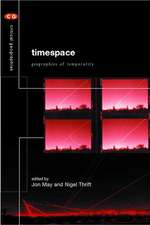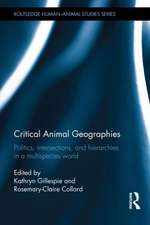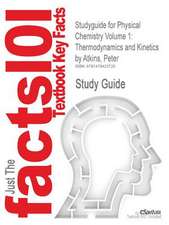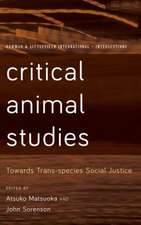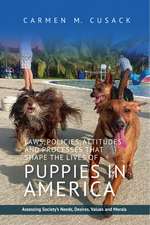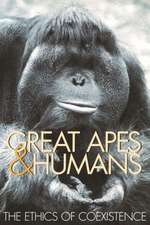Animal Cities: Beastly Urban Histories
Editat de Peter Atkinsen Limba Engleză Paperback – 26 aug 2016
| Toate formatele și edițiile | Preț | Express |
|---|---|---|
| Paperback (1) | 488.29 lei 6-8 săpt. | |
| Taylor & Francis – 26 aug 2016 | 488.29 lei 6-8 săpt. | |
| Hardback (1) | 1054.71 lei 6-8 săpt. | |
| Taylor & Francis – 12 sep 2012 | 1054.71 lei 6-8 săpt. |
Preț: 488.29 lei
Nou
Puncte Express: 732
Preț estimativ în valută:
93.44€ • 101.47$ • 78.49£
93.44€ • 101.47$ • 78.49£
Carte tipărită la comandă
Livrare economică 22 aprilie-06 mai
Preluare comenzi: 021 569.72.76
Specificații
ISBN-13: 9781138247031
ISBN-10: 1138247030
Pagini: 294
Dimensiuni: 156 x 234 x 16 mm
Greutate: 0.43 kg
Ediția:1
Editura: Taylor & Francis
Colecția Routledge
Locul publicării:Oxford, United Kingdom
ISBN-10: 1138247030
Pagini: 294
Dimensiuni: 156 x 234 x 16 mm
Greutate: 0.43 kg
Ediția:1
Editura: Taylor & Francis
Colecția Routledge
Locul publicării:Oxford, United Kingdom
Notă biografică
Peter Atkins is a Professorial Fellow in Geography at Durham University. His research is devoted to the historical geography of food systems, particularly with regard to livestock products and zoonotic diseases. His book is Liquid Materialities: a History of Milk, Science and the Law was published by Ashgate in 2010.
Recenzii
'Animal Cities provides a valuable introduction to the growing field of animal history. Its nine essays explore a variety of issues relating to animals in an urban context, connected their presence or exclusion to the changing culture and fabric of the city. All of the essays are worth reading, but those of Atkins, constituting half of those in the volume, are especially penetrating. I strongly recommend the book to urban and environmental historians.' Joel Tarr, Carnegie Mellon University, USA 'Animal Cities offers an important contribution to a neglected field of study, opening up an array of questions that deserve further attention. It positions animals not as peripheral participants of the city, but as central to historical stages of urbanisation. Most importantly, the history of our changing relationships with productive animals raises questions about how we define the good city today.' LSE Review of Books '... this volume has much to recommend it. It provides a wealth of data into the role and presence of animals in nineteenth-century British, French, and Australian cities, and offers insight into how and why animal populations decreased. It therefore makes an important contribution to urban geography and urban environmental history.' H-Urban/H-Net 'Animal Cities provides a useful extension of geographical scholarship on animals in the urban context. This book is a welcome addition to geography’s many branches, not only historical, animal, and urban, but also the geography of political economy and political ecology.' Journal of Historical Geography 'The authors’ detailed historical analyses also raise important questions as to how and where animals should coexist with people in the city of today and the future. These questions become ever more salient as the world’s cities continue to grow.' Environmental History 'One of the most commendable aspects of Animal Cities is its minimal use of academic jargon ...it will appeal primarily to urban and envir
Cuprins
1: Introduction; 2: Animal Wastes and Nuisances in Nineteenth-Century London; 3: The ‘Charmed Circle'; 4: The Urban Blood and Guts Economy; 5: This Nefarious Traffic: Livestock and Public Health in Mid-Victorian Edinburgh 1; 6: Undesirable Nature: Animals, Resources and Urban Nuisance in Nineteenth-Century Paris; 7: Locating the Transformation of Sensibilities in Nineteenth-Century London; 8: Fowls and the Contested Productive Spaces of Australian Suburbia, 1890–1990; 9: Between the Muzzle and the Leash: Dog-walking, Discipline, and the Modern City 1
Descriere
This book presents a number of valuable case studies that illustrate some of the perspectives that may be adopted in the study of animals in the urban context. It covers areas such as working and productive animals in the nineteenth century, animal spectacles in the nineteenth century, contested animal spaces in the city and the problem of the public companion animal and its role in changing attitudes to public space. This book is of interest to historical geographers, urban, cultural, social and economic historians and historians of policy and planning.
